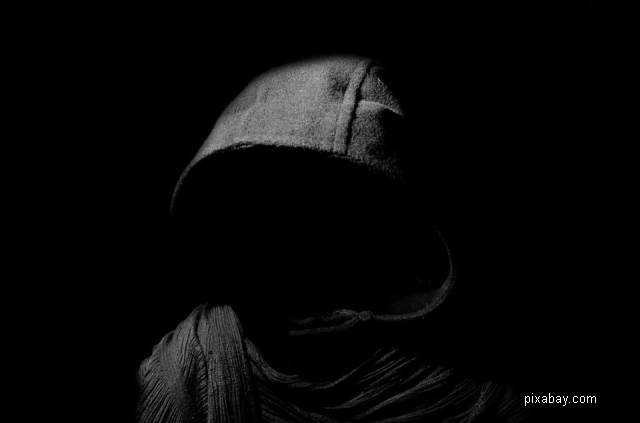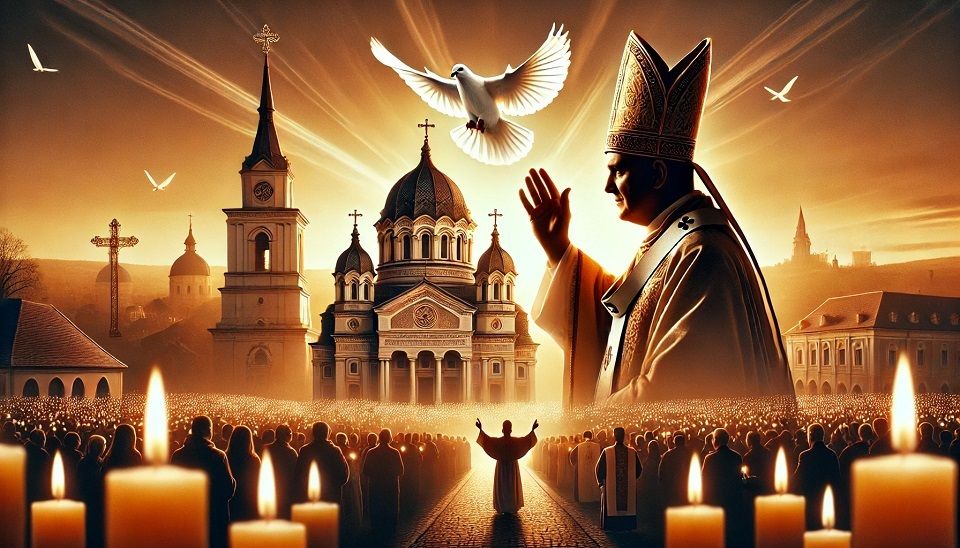Death and Imagery in Romanian Art
Death is ubiquitous in the imagery of every human culture.

Steliu Lambru, 08.09.2019, 13:00
Death is ubiquitous in the imagery of every human culture. In Romanian culture, death is mostly represented in church imagery, usually with a moralizing message. The representation of death as a symbol of the awareness of the fleeting nature of life appears in artifacts, religious books, as well as popular print. Romanian researchers of art depicting death in the Romanian space have generally focused on imagery, and based their studies on existing Western research. Most people who dealt with the topic agree that death and imagery are closely linked because death, taken as absence, needs an image to fill the emptiness it evokes.
Cristina Bogdan is a lecturer with the University of Bucharest Faculty of Letters, and specializes in representations of death in 18th and 19th century Romanian art.
Cristina Bogdan: “There is a lot to talk about when it comes to the relationship between death and imagery. The ties between the two have to do with the interplay of absence and presence. When something is absent, one feels the need to fill the void with an image. Both image and death are revealed through absence. In fact, we are dealing with an interplay between what death decomposes and image recomposes. We are talking about decomposition through death, about the decaying body, the loss of visual identity of the one who dies.
Death in imagery is a representation of an extreme experience. It has been so in the collective mind of people since times immemorial, across societies, and it continues to be so.
Cristina Bogdan: “Death is, first and foremost, an image. In actuality, death is an abstraction, if we think of the way that we know death and we relate to the body of the departed. It is a visible reality that we face, and at some point, we feel the need to fill the void with something, we feel the need to keep the departed one close to us in some way or another. Basically, all that we put in that place speaks of this iconophilic dimension of death. Philippe Aries, in a splendid album dedicated to man facing death, spoke about the various categories of images that we put in the place of the one that is no longer with us. The images are valid nowadays, too, even if today we are no longer as interested as we were in funeral masks, we have other ways of preserving the image of the dead. We have photographs, people make funeral photo albums, there are virtual cemeteries, on-line memorials, there are Facebook pages for the dead, it’s almost scary. It seems that there are 5 million Facebook profiles of people who are no longer with us. And yet these profiles exist and continue to be active.
The image of death is encountered often in Romanian churches. It had an educational function aimed at the worshiper.
Cristina Bogdan: “We started from an image that says it all. First and foremost, it speaks of the indoors and outdoors all at once. Most of the images of death in Wallachia, in churches painted between 1750 and 1850 are both indoors and outdoors, but mostly outdoors. In a small village church built out of wood we find an indoor painting, which is a portrait of the church dedicators holding up an ark of the church, and the ark has a depiction that we cannot find in the outdoor painting, but which we can guess was to be found on an outer wall, a scene that should have been on the northern wall of the church in Ciungetu in Valcea County. The church was painted in 1861 by master painter Nicolae Bunescu, erected by the villagers, led by Florea Ionescu, which local legend has it that he lived to 105 years of age. This scene contains an element that gives food for thought: the theme of the hunted hunter. It has a character that hunts a deer, and is a representation of death, scythe in hand, with wild hair and wild eyes. These are images we can find in other representations, too.
The standard image of death is that of an old woman with a frightening look, with a hooded cloak, carrying a sack of sharp tools used to separate the body from the soul. The sack also carries the bodies it has taken. Death uses sharp tools such as swords, knives, sickles, and scythes, with the latter being the most often encountered:
Cristina Bogdan: “The scythe is the identifying tool for death. It also appears in the pattern books for painters. It is the same with Radu the Painter’s pattern book, in which Death carries a scythe in four separate images. In miniatures from manuscripts, Picu Patrut presents Death as a figure closer to Western representations, depicting it with a scythe and an hourglass, which is rarely encountered in Romanian imagery. In popular books such as ‘The Brave Man and Death’ we have a mental struggle and the scythe is invoked by Death as a defining element. In folklore books, Death obviously appears as an ugly, undesirable character, a hideous crone, sometimes shown as a skeleton, holding a scythe.
Representations of Death in the Romanian space has been influenced by religious imagery and the artistic models of other cultures. They were aimed at people of past times, and art in the meantime has come up with new representations.
(translated by: Elena Enache, Daniel Bilt)





























